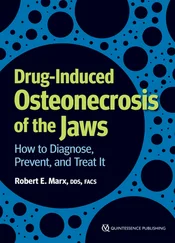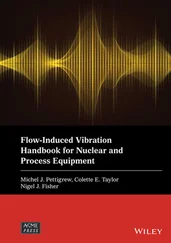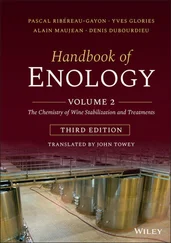Another way to produce SSB‐based AIE NPs is to initiate self‐assembly of the monomer. By means of designing SSB fluorophores into the main chain of a polymer [78] or mixing with other small molecules [57], SSB dyes self‐assembled into substable NPs with fascinating functions in imaging or cancer therapy. As Figure 3.32a illustrates, Tang's group reported a dual‐organelle‐targeted NPs with synergistic chemo‐PDT functions [57]. Via self‐assembly of AlPcSNa 4and AIE‐Mito‐TPP( 39) through electrostatic, hydrophobic, and π – π interactions, the formed AIE‐Mito‐TPP/AlPcSNa 4NPs almost did not show fluorescence due to the fluorescence resonance energy transfer (FRET) process between 39and AlPcSNa 4and the self‐quenching of π ‐planar AlPcSNa 4in the aggregation state. After uptake by cancer cells through endocytosis, NPs decompose rapidly in acid lysosomes, which releases 39and AlPcSNa 4in cytoplasm and subsequently light up mitochondria and lysosome in green and red fluorescence, respectively ( Figure 3.32b). After decomposition, 39effectively destroys mitochondria by reducing the mitochondrial membrane potential and inhibiting ATP synthesis, while AlPcSNa 4effectively destroys lysosomes through ROS production under white light irradiation. As a result, the in vivo tumor growth could be efficiently inhibited ( Figure 3.32c), which indicates AIE‐Mito‐TPP/AlPcSNa 4NPs to be promising candidates for dual‐organelle‐targeted chemo‐PDT synergistic therapeutic strategy for cancer cells and tumor treatment.
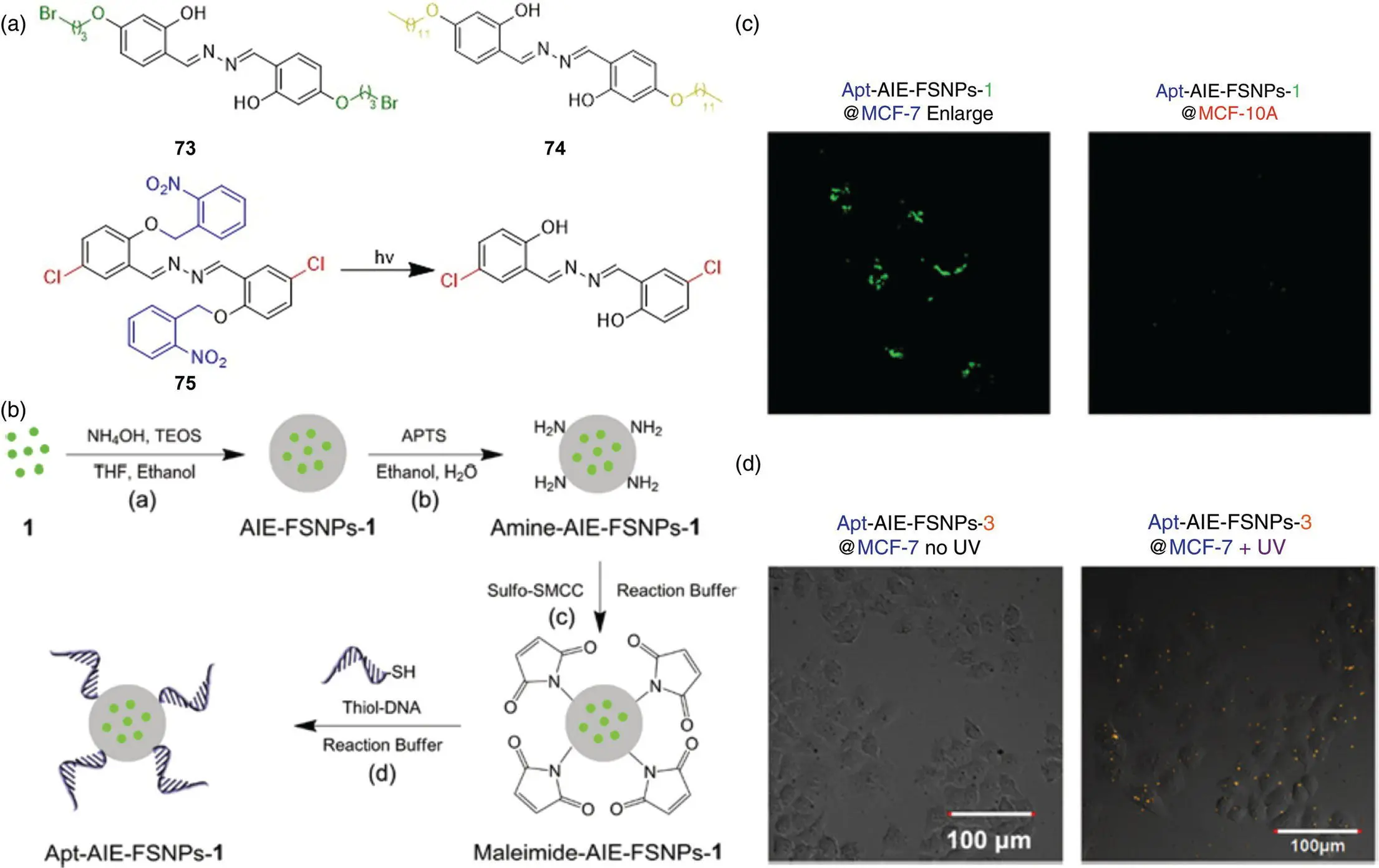
Figure 3.31 (a) Chemical structures of 73, 74,and the reaction mechanism of photoactivatable fluorescence property of 75. (b) Synthesis of AIE‐FSNPs‐1 and the subsequent conjugation of DNA aptamers on the silica nanoparticles. (c) Fluorescence images of MCF‐7 and MCF‐10A cells incubated with Apt‐AIE‐FSNPs‐1. (d) Fluorescence images of MCF‐7 cells incubated with Apt‐AIE‐FSNPs‐3 before and after UV irradiation.
Source: Reprinted from Ref. [77] (Copyright 2016 American Chemical Society).

Figure 3.32 (a) Schematic illustration of dual‐organelle‐targeted NPs with synergistic chemo‐photodynamic therapy functions through self‐assembly of mitochondria‐targeted chemotherapeutic agent AIE‐Mito‐TPP( 39) and lysosome‐targeted photosensitizer AlPcSNa 4. (b) The time‐dependent CLSM images of A375 cells treated with the AIE‐Mito‐TPP( 39)/AlPcSNa 4NPs. (c) The tumor volume index of nude mice under control and treatment with AIE‐Mito‐TPP( 39), AIE‐Mito‐TPP (+L), AlPcSNa 4, AlPcSNa 4(+L), AIE‐Mito‐TPP/AlPcSNa 4NPs, and AIE‐Mito‐TPP/AlPcSNa 4NPs (+L).
Source: Reprinted from Ref. [57] (Copyright 2018 John Wiley and Sons).
3.4 Summary and Perspectives
In summary, as a typical class of AIEgens, SSB has been widely designed as fluorescent probes as well as materials. Thanks to the ESIPT characteristics, SSB fluorophores have large Stokes shift without self‐absorption, thus avoiding the interference from excitation light and performing satisfactory resistance to photobleaching. The spatial position of the oxygen atom on the hydroxyl group and the nitrogen atom on the imine in the specific molecular structure of SSB analogues allows it to strongly coordinate with metal ions such as copper(II) and zinc(II). Such a unique molecular structure endows SSB as an ideal candidate for designing metal ion fluorescent probes with high sensitivity and selectivity. Meanwhile, using the coordination properties of SSB with metal ions, SSB–metal complexes are utilized as nonmetal ion probes or stimuli‐responsive materials. Through the protection and deprotection of hydroxyl groups, SSB derivatives are modified with various recognition groups for the design of fluorescent bioprobes and functional materials. In addition, the hypsochromic shift of most SSB analogues after deprotonation attributes to their ratiometric fluorescence, which significantly reduces background interference during real sample detection. The luminescent advantage and ease of derivatization afforded by the unique molecular structure of SSB allow its widespread application in high‐resolution metal ion detection, environmental and biosensing, as well as functionalized optical materials.
On the other hand, the limitation and challenges in the development and application of SSBs have also achieved increasing attention and research interests in recent years. Although SSB fluorophore can be synthesized and purified very facilely by aldol condensation and recrystallization, the active hydroxyl group, the easily decomposed imine structure, and the too small solubility product ( K sp) all make SSB molecules limited for subsequent functionalized modifications and detection in complex environments. In terms of photophysical properties, the excessive Stokes shift is due to a large internal loss in the emission process, which inevitably leads to a decrease in the fluorescence quantum yield of the compounds themselves. In view of developing full‐spectrum‐emissive AIEgens, it is still difficult to achieve an emission below 450 nm for most SSBs due to their structural limitation ( Figure 3.33). Furthermore, there are also very few reported studies on the development of near‐infrared (NIR)‐emissive SSBs owing to the difficulty of postmodification.
Future research on how to promote the molecular stability of SSB probes and materials during their development will remain the key point to improving their application limitations. The recent advances and extensive applications of nanotechnology have provided effective solutions for the stabilization and functional modification of SSB fluorophores in practical applications. Meanwhile, the encapsulation of SSBs into NPs can also significantly improve their biocompatibility. In the application of optoelectronic materials, the shortage of SSB's low quantum yields can be compensated by doping with high‐strength conventional fluorescent materials such as perovskites. In future research, by leveraging ESIPT and its advantages in metal ion detection, the development of SSB bioprobes and solid‐state luminescent materials with high sensitivity, full‐spectrum emission, high stability, and low biotoxicity will continue to be challenging, exciting, and of significant importance.
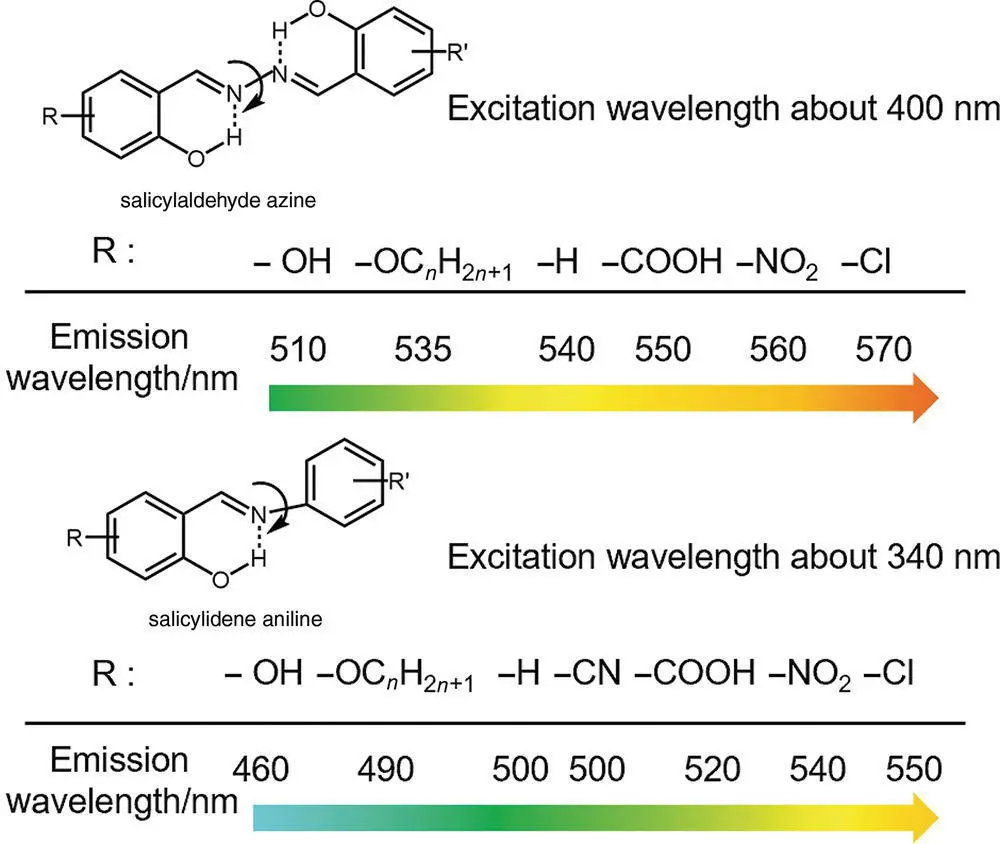
Figure 3.33 Emission wavelengths of typical SSB fluorophores.
1 1 Schiff H. Mittheilungen aus dem Universitätslaboratorium in Pisa: eine neue Reihe organischer Basen. Justus Liebigs Annalen der Chemie. 1864; 131(1):118–9.
2 2 McNaught AD, Wilkinson A. Compendium of Chemical Terminology: IUPAC Recommendations (the “Gold Book”). 2nd ed: Blackwell Scientific Publications, Oxford; 1997.
3 3 Park S, Kim S, Seo J, Park SY. Application of excited‐state intramolecular proton transfer (ESIPT) principle to functional polymeric materials. Macromol. Res.. 2008; 16(5):385–95.
4 4 Zhao J, Ji S, Chen Y, Guo H, Yang P. Excited state intramolecular proton transfer (ESIPT): from principal photophysics to the development of new chromophores and applications in fluorescent molecular probes and luminescent materials. Phys. Chem. Chem. Phys. 2012; 14(25):8803–17.
Читать дальше








